If you love food and research often about food, you are indeed aware of buckwheat. Though it has wheat in its name, it is not a type of wheat, but rather a type of grain. Buckwheat is a good source of fiber and is rich in minerals. Also, it is dipped in plant compounds, especially the rutin. Most people consider buckwheat as a highly nutritious whole grain, and many people think it is a superfood. It has many health benefits, such as helping to manage diabetes, promoting weight loss, and improving heart health. Do you have a problem with gluten? Do you want to know if buckwheat has gluten? Don't worry. I will be discussing this topic in this article. So, let's move ahead.
Jump to:
What is buckwheat?
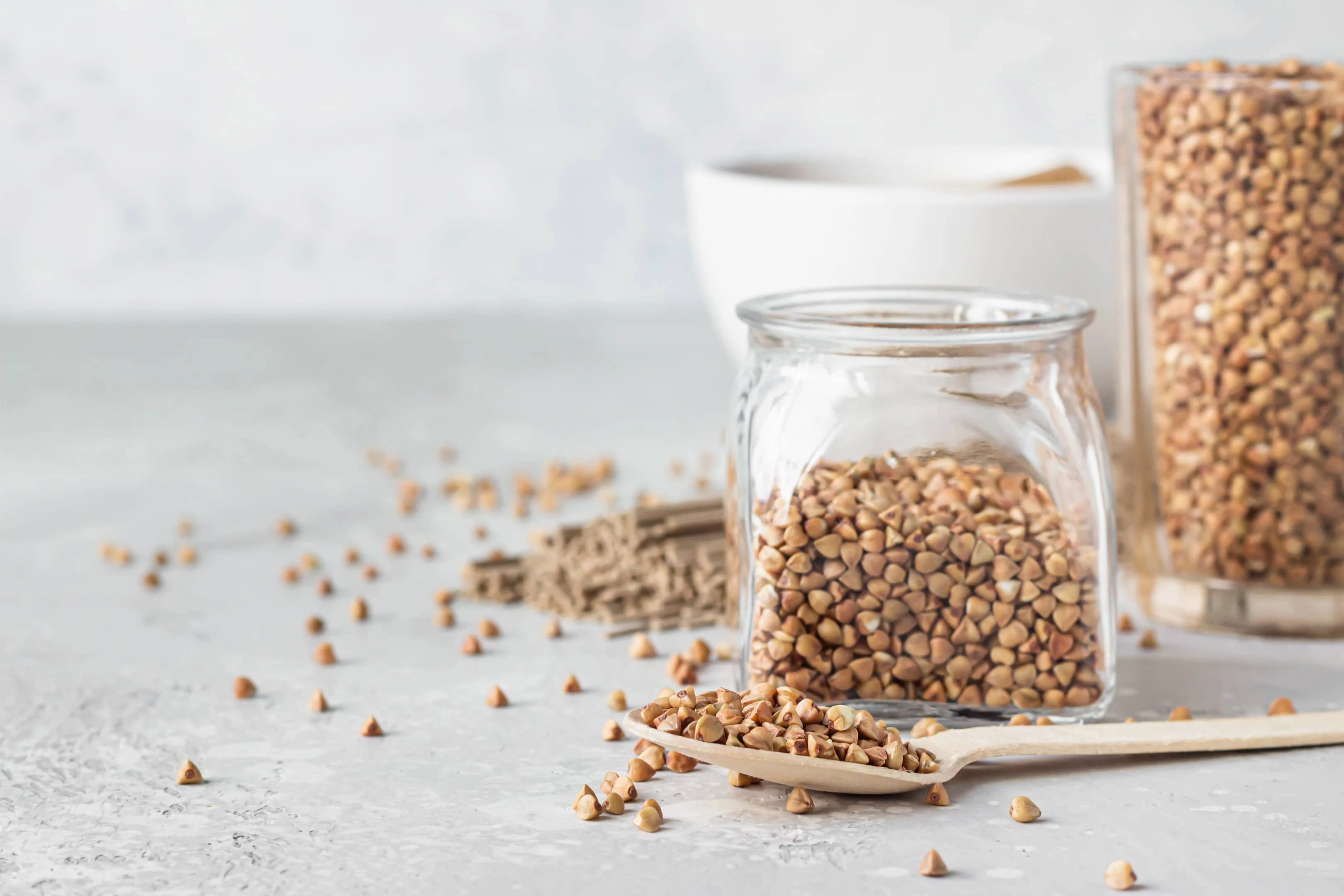
Buckwheat belongs to a family of foods commonly known as pseudocereals.
Pseudocereals! It is a family of seeds that most people eat as cereal grains around the world. But, these grains don't grow on the grass. Quinoa and amaranth are the other pseudocereals.
As already mentioned, buckwheat is not from the wheat family and therefore does not contain gluten. So, if you have any issue with gluten and you want to eat buckwheat, you can consume it without any fear, as it is gluten-free.
You may confidently consider buckwheat as healthy food as it is highly dipped in minerals and antioxidant contents. One of its health benefits includes controlling blood sugar.
There are two types of buckwheat:
- Common buckwheat known as Fagopyrum Esculentum
- The Tartary buckwheat or Fagopyrum Tartaricum.
You can generally trace its harvest in the northern hemisphere, mostly in Russia, China, Kazakhstan, Central, and Eastern Europe.
Nutritional facts
The leading dietary component in buckwheat is carbohydrates. Along with the carbs, there are various proteins, minerals, and antioxidants that are also present.
Buckwheat has a higher nutritional value than that of the other grains. The nutritional values for the 100 grams, i.e., 3.5 ounces of raw buckwheat are:
- Calories — 343
- Water — 10%
- Carbs — 72.5 grams
- Protein — 13.3 grams
- Sugar — 0 Grams
- Fat — 3.4 grams
- Fiber — 10 grams
1. Carbs
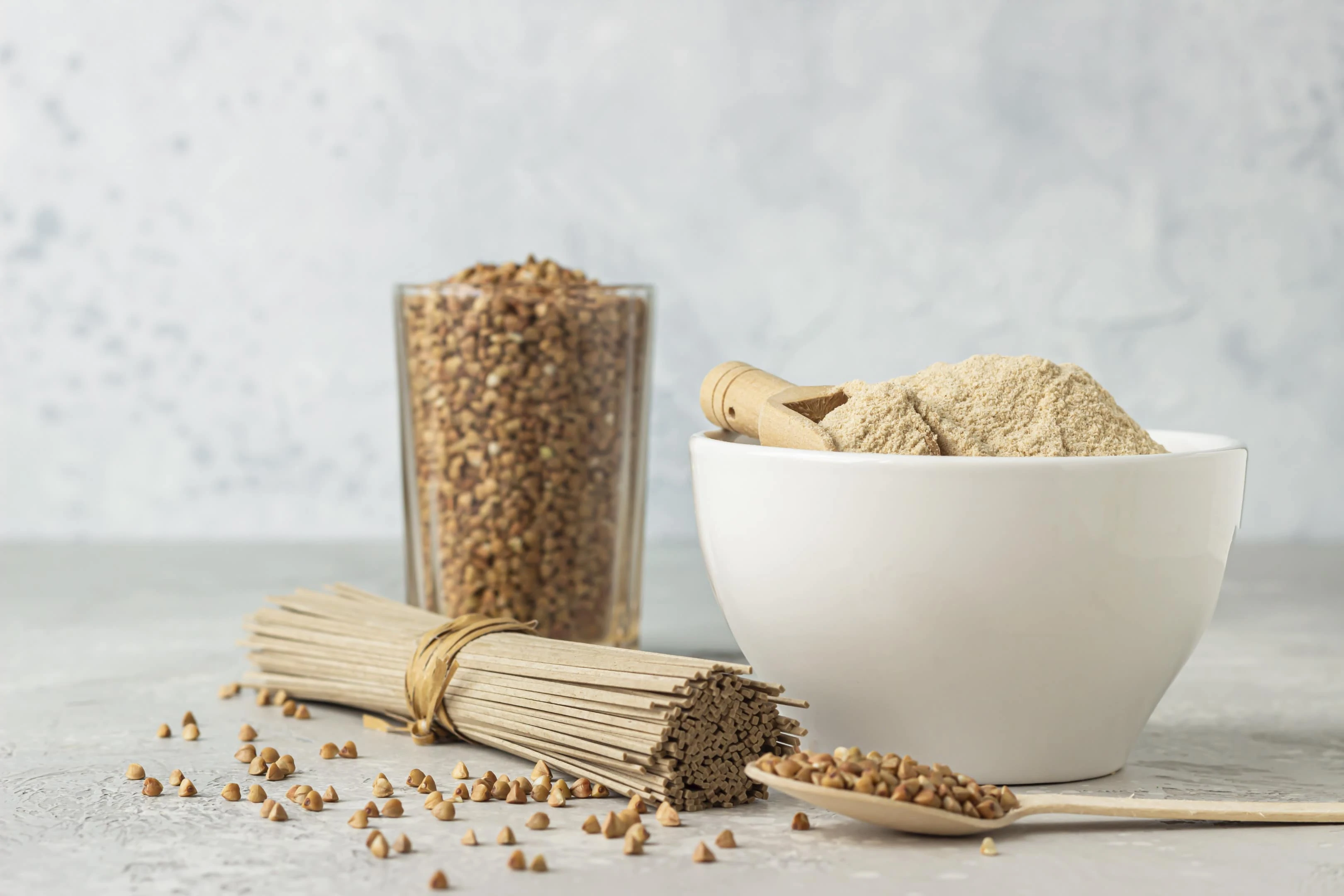
The main ingredient of buckwheat is carbs. It makes up about 20% of the boiled groats by weight. It is available in starch, which is a carb's main storage form in plants.
The glycemic index, i.e., GI, is an assessment of the rate of the blood sugar rise after a meal. It should not be responsible for the unhealthy spikes in blood sugar level.
Some studies reveal few soluble carbs such as fagopyritol and D-chiro-inositol in buckwheat help to moderate the increase in blood sugar after consuming a meal.
2. Fiber
Fiber is good for colon health, and buckwheat has a healthy amount of fiber. Excess fiber may lead to trouble with digestion. The fiber in buckwheat is made up of cellulose and lignin. It makes up about 2.7% of boiled groats by weight in buckwheat.
Fiber is focused on the coating, which coats the groat. The husk in the buckwheat gives a unique flavor and is kept in the dark buckwheat. Also, the husk includes resistant starch that is resistant to digestion. Thus, you can categorize it as a fiber.
Resistant starch goes under fermentation by gut bacteria in the colon. This bacteria is very beneficial, and it produces short-chain fatty acids or SCFAs like butyrate.
Other SCFAs or butyrates are significant sources of nutrition. They help in cells lining your colon, thus, improving gut health. Also, it decreases the risk of colon cancer.
3. Protein
Protein is present in a minimal amount in buckwheat. Buckwheat has a protein of 3.4% of boiled buckwheat groats, by weight. Protein in the buckwheat provides a well-balanced amino acid profile. The protein is composed of amino acids, specifically lysine and arginine.
Thus, these proteins are easy to digest because they are an antinutrient, such as tannins and protease inhibitors. Buckwheat proteins have proven effective at reducing blood cholesterol, suppressing colon cancer risks, and lowering gallstone formation.
Just like other pseudocereals, buckwheat is entirely gluten-free and is ideal for those suffering from gluten intolerance.
4. Vitamins and minerals
As compared to many other grains like rice, corn, and wheat, buckwheat is rich in minerals. But buckwheat does not have a high amount of vitamins. Out of the two varieties of buckwheat, Tartary buckwheat has more nutrients than the common buckwheat. The main minerals in buckwheat are:
- Manganese — It is found in a very high amount in whole grains. Manganese is an essential micronutrient that aids healthy growth, metabolism, development, and the body's antioxidants defenses.
- Copper — Copper is an essential element, as a critical role in benefiting heart health when eaten in considerable amounts.
- Magnesium — If it is present in a sufficient amount, it can benefit your health by lowering the risk of many chronic conditions, like type two diabetes and heart disease.
- Phosphorus — Phosphorus is an essential mineral in the maintenance and growth of the tissues.
- Iron — Iron deficiency can lead to anemia. Anemia is a condition in which the oxygen-carrying capacity of the blood reduces.
Minerals in cooked buckwheat are well-absorbed, compared to other grains. Buckwheat has low physic acid, which is a common mineral absorber mainly found in seeds and grains.
5. Other plant compounds
Buckwheat is saturated with many antioxidant plant compounds that are responsible for many health benefits. It provides many more antioxidants than other cereal grains such as oats, barley, rye, and wheat.
As compared to the common buckwheat, Tartary buckwheat has more antioxidants.
Following are some of the main plant components of buckwheat:
- Rutin — Rutin is the primary antioxidant in buckwheat and helps in lowering your risk of cancer and improves inflammation, blood lipid, and blood pressure.
- Vitexin — As per a study, vitexin may have various health benefits. But, if you took vitexin in an excessive amount, you may encounter a problem with your thyroids.
- Quercetin — Being present in many plant foods, quercetin is an antioxidant with many health benefits, such as lowering cancer and heart disease risk.
- D-Chiro-Inositol — It is a unique type of mineral, which is a soluble carb. D-Chiro-Inositol assists in lowering levels of blood sugar and thus plays a significant role in diabetes management.
Buckwheat is considered the wealthiest plant protein source.
Health benefits of buckwheat
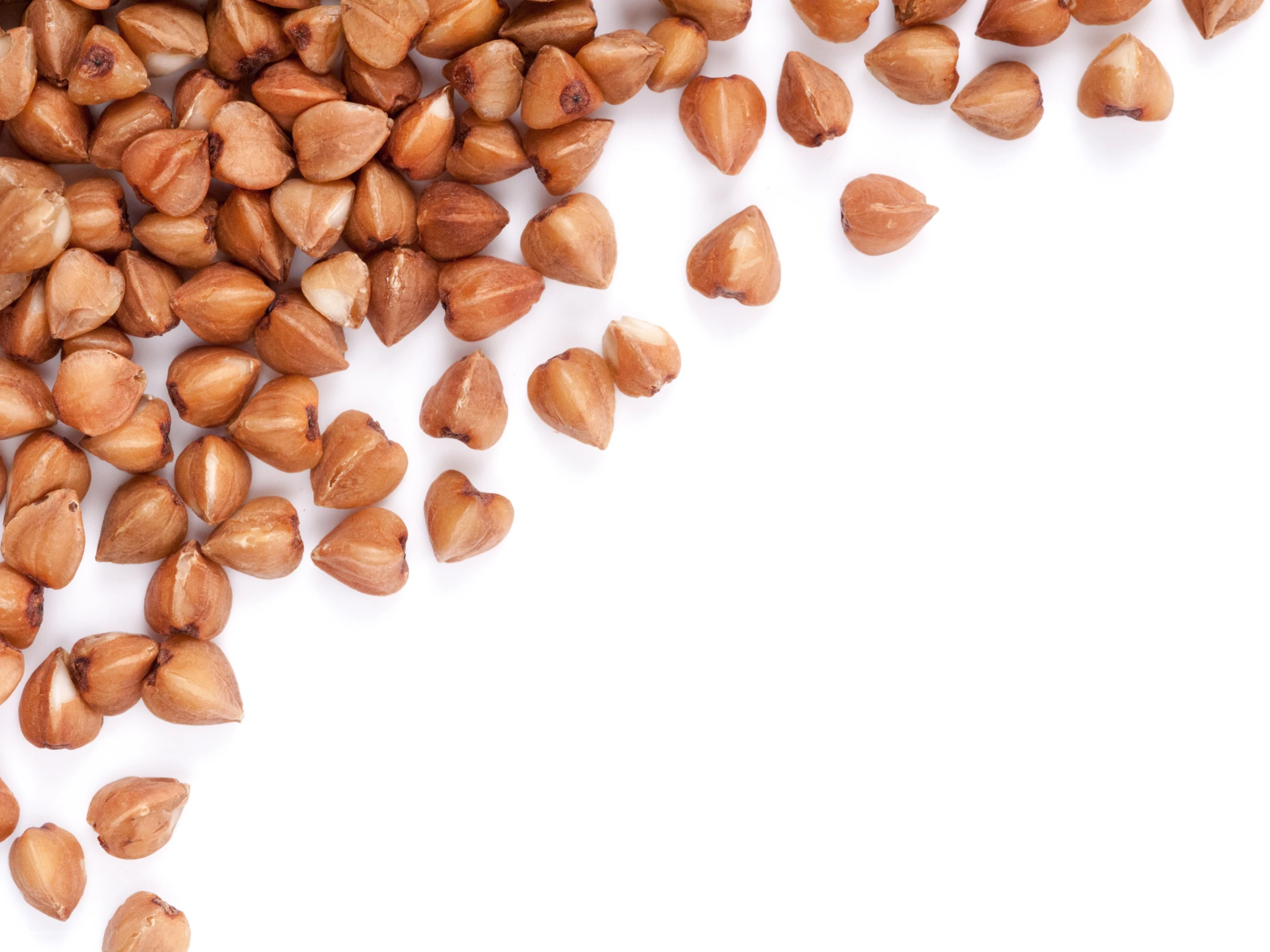
Like other entire grain pseudocereals, buckwheat is connected to various health advantages.
1. Improved glucose control
After some time, significant levels of glucose may prompt persistent illnesses such as type 2 diabetes. In this manner, controlling the increase in glucose after meals is significant for general wellbeing. As a decent wellspring of fiber, buckwheat offers a low to medium GI. This implies that the vast majority of type 2 diabetes should consider adding it to their diet.
Considers interface buckwheat admission to bring down glucose in individuals with diabetes. However, this is upheld by investigating rodents with diabetes, where buckwheat concentrate appeared to bring down glucose levels by 12–19%.
D-chiro-inositol is the reason behind this impact. Studies demonstrate that this dissolvable carb makes cells more touchy to insulin, the hormone that makes cells retain sugar from your blood. Also, a few buckwheat’s appear to forestall or defer the absorption of table sugar. By and large, these properties settle on buckwheat, a sound decision for individuals with type 2 diabetes or the individuals who need to improve their glucose balance.
2. Heart health
Buckwheat may likewise advance good heart health.
It contains many ingredients that are good for the heart, such as rutin, magnesium, copper, fiber, and specific proteins. Among oats and pseudocereals, buckwheat has the most bountiful wellspring of rutin, a cell reinforcement that may have various advantages.
Rutin may reduce your danger of coronary illness by forestalling the development of blood clumps and diminishing aggravation and circulatory strain. Additionally, buckwheat can help you improve your blood lipid profile. A helpless face is a notable danger factor for coronary illness.
An examination of 850 Chinese grown-ups connected consumption of buckwheat admission to the reduction of pulse rate and an improved blood lipid profile, including lower LDL, cholesterol levels, and more significant HDL cholesterol.
In addition, it is noteworthy that buckwheat contains a kind of protein that prevents the absorption of cholesterol into the bloodstream.
3. Improving digestion
Buckwheat is wealthy in fiber. Dietary fiber is a sort of plant-based starch that the body can't separate during absorption.
Fiber bolsters the digestive organs in processing food effectively and assists food with traveling through the stomach organs. It might likewise have different advantages, for example, empowering weight reduction and forestalling cardiovascular infection.
One cup of buckwheat likewise contains 1.58 mg of the prescribed 14 to 16 mg of niacin for grown-ups. Niacin, or nutrient B-3, is raw for converting starches, fats, and proteins into body energy. One should consider eating buckwheat just because it has a decent wellspring of fiber and niacin to help the well-being of your stomach. However, you must still be wondering ‘Does buckwheat have gluten?’ Read below to get the answer.
4. Helping with weight loss
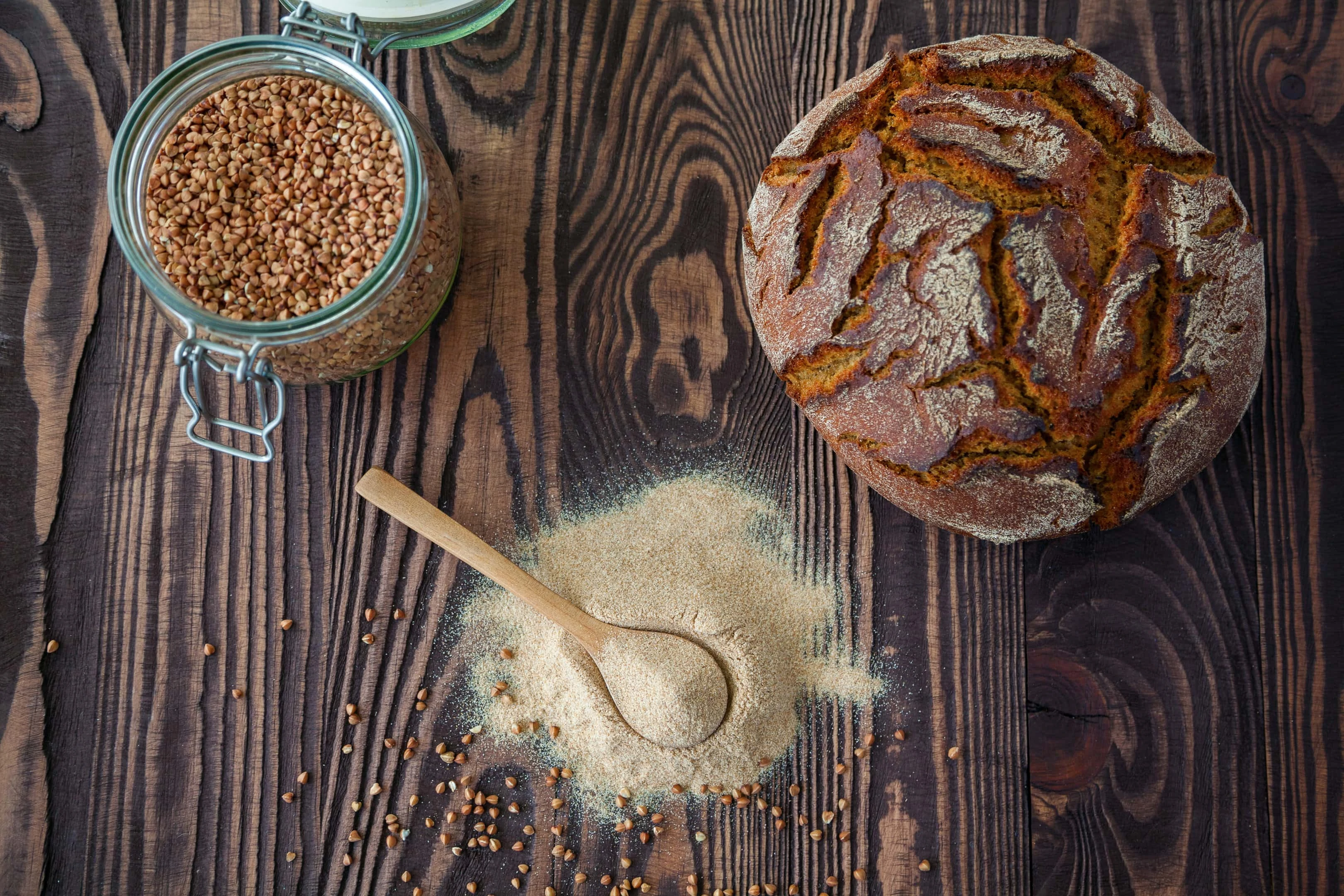
Satiety is the feeling of fullness after a meal. It is a significant aspect of forestalling weight gain or advancing weight reduction. Nourishments that promote satiety can counterbalance the desire to eat and may lessen the all outnumber of calories an individual devours during a day.
Buckwheat is high in protein and can be an asset in promoting the feeling of satiety. More research needs to be conducted into the impact of buckwheat and other grains in promoting weight loss.
5. Complex carbohydrates
Buckwheat is a source of complex carbohydrates. The body takes more time to separate complex starches than straightforward sugars, which are simple carbs. This hinders absorption and lowers blood sugar levels to a stable state.
As per the American Diabetes Association, entire grain nourishments are a decent source of complex carbohydrates. These nourishments are a brilliant wellspring of energy and can give fiber and minerals.
Researchers have disclosed that buckwheat positively affected insulin and blood glucose levels of diabetics on a high-glucose diet.
6. Polycystic ovarian syndrome (PCOS) treatment
Buckwheat can give those with PCOS some relief. A compound called D-chiro-inositol, which is an insulin mediator, is present in buckwheat. People with polycystic ovary syndrome (PCOS) are usually deficient in D-chiro-inositol. To better control PCOS, researchers are seeking to grow natural and synthetic forms of D-chiro-inositol. The supply of this carbohydrate via diet, however, also showed positive results.
7. Anticancer properties
The protein and amino acids in buckwheat can help in the prevention of cancer. Amino acids, specifically lysine and arginine, are components of buckwheat protein. In research performed in China, buckwheat proteins in many mouse cell lines caused cell death (apoptosis) in conjunction with polyphenols. They might counteract the proliferation of cancer cells in rat colonies.
8. Reduces risk for cardiovascular disease (CVD)
Buckwheat can lower cholesterol levels and thereby reduce the risks for CVD. Rutin is a well-studied cardioprotective flavonoid in buckwheat. This flavonoid, combined with adequate amounts of quercetin, fiber, and protein, decreases the risk of cardiac disease. Even though some people may have problems digesting buckwheat, it actually plays a role in lowering the risk factors for those having cardiovascular disease. Buckwheat can help lower the amount of blood glucose and total cholesterol and triglyceride levels.
9. Other health properties
In one examination, buckwheat admission was related to lower aggregate and LDL cholesterol, just as a higher HDL proportion to add up to cholesterol.
Another investigation watched comparative discoveries, demonstrating that the individuals who ate buckwheat had a lower danger of hypertension, elevated cholesterol, and high glucose.
Does buckwheat have gluten?
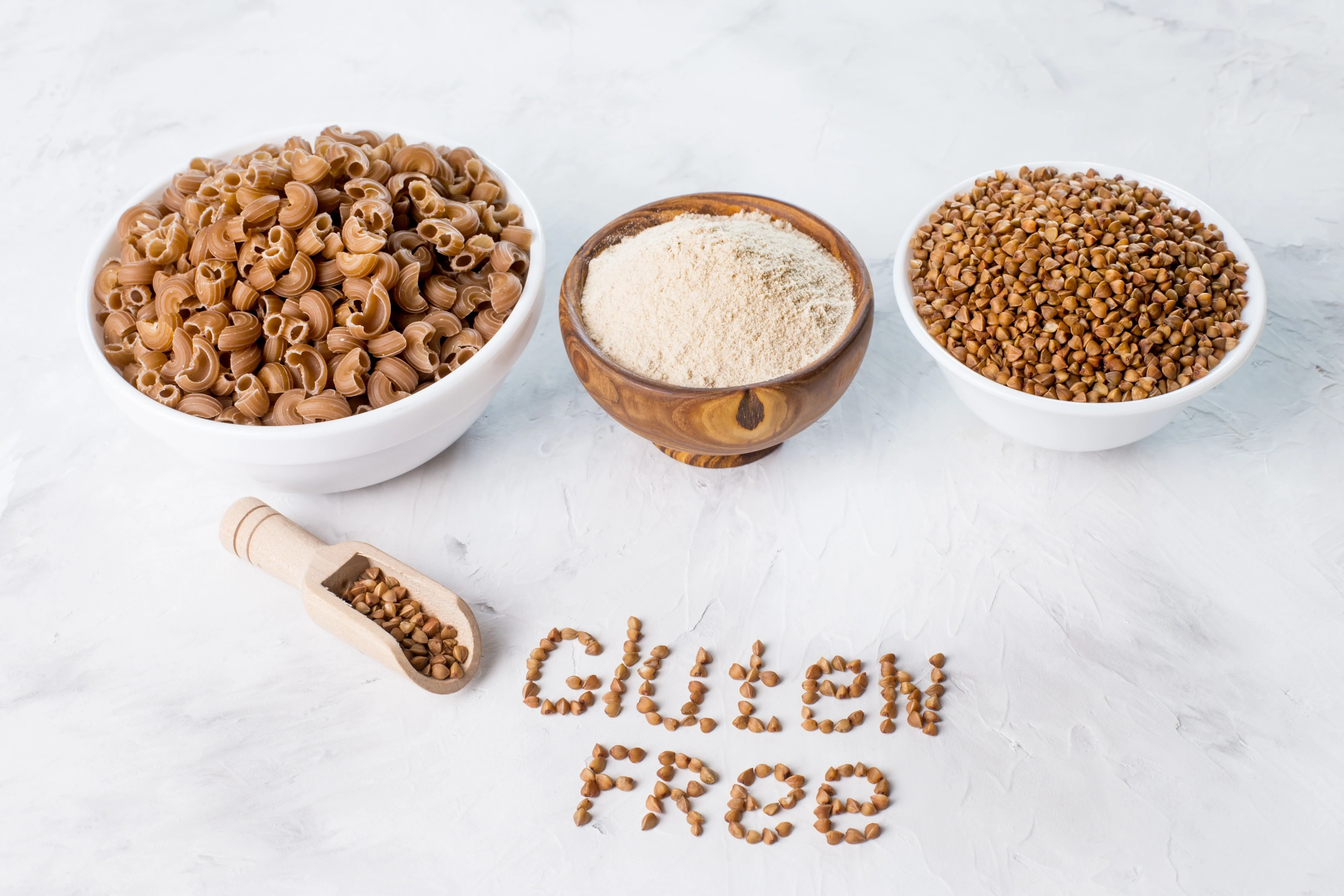
Buckwheat is a grain-like seed that does not contain gluten. It has many cell reinforcements, including high contents of two essential components—rutin and quercetin.
Some studies suggest that rutin may play a significant role in improving indications of Alzheimer's disease. In the interim, quercetin has revealed anti-inflammatory properties to reduce oxidative pressure as well as decreasing some risks associated with coronary disease.
Buckwheat groats are gluten-free seeds, coming from a plant related to rhubarb. Use buckwheat groats in any recipe that calls for whole grains and delight in this staple grain's unique flavor and simple nutrients. It is an excellent substitute for those who cannot consume gluten. Attempt soba noodles produced using buckwheat as a without gluten trade for conventional pasta. On the other hand, you can always add it to soups, veggie burgers or as a mash to a plate of mixed greens.
How healthy is buckwheat to eat?
According to the FDA, fiber's daily consumption should be around 25 grams for a 2,000 calorie diet. A half-cup of buckwheat contains about 8.5 grams of fiber, so adding it to your diet is a healthy direction to go. It also contains a noticeable quantity of micronutrients like magnesium, copper, and manganese.
Your target should be to fulfill the daily dietary fiber requirement for a healthy appetite and body. If you show signs of buckwheat allergy, you can choose other gluten foods such as brown/black /red rice, quinoa, or oatmeal. Some other options can include rye and barley.
Side effects of eating buckwheat
Just like every other food product in the world, buckwheat poses some side effects like hypersensitivity owing to the presence of some anti-nutrients. Even though buckwheat is devoid of gluten and phytic acid, some researchers note allergies as one of buckwheat’s side effects. Common symptoms of such signs of allergy can start with a runny nose and end up as asthma. Gastrointestinal disturbances may also occur, along with swelling or rashes on the skin. In the worst-case scenario, it may even lead to death if not treated on time.
This occurs because many allergens are present in buckwheat. If your body encounters some digestion resistant proteins, you may get allergic reactions soon. You may find the existence of similar allergens in plant sources such as rice, poppy seeds, latex, cashew, and sesame. It may also make its way to your plate by cross-contamination.
Therefore, beware of what you eat with buckwheat. Eating these foods together could cause the above-mentioned adverse effects. In this respect, research is still ongoing. The precise allergens framework and the role of buckwheat have not yet been defined.
Most popular questions about buckwheat
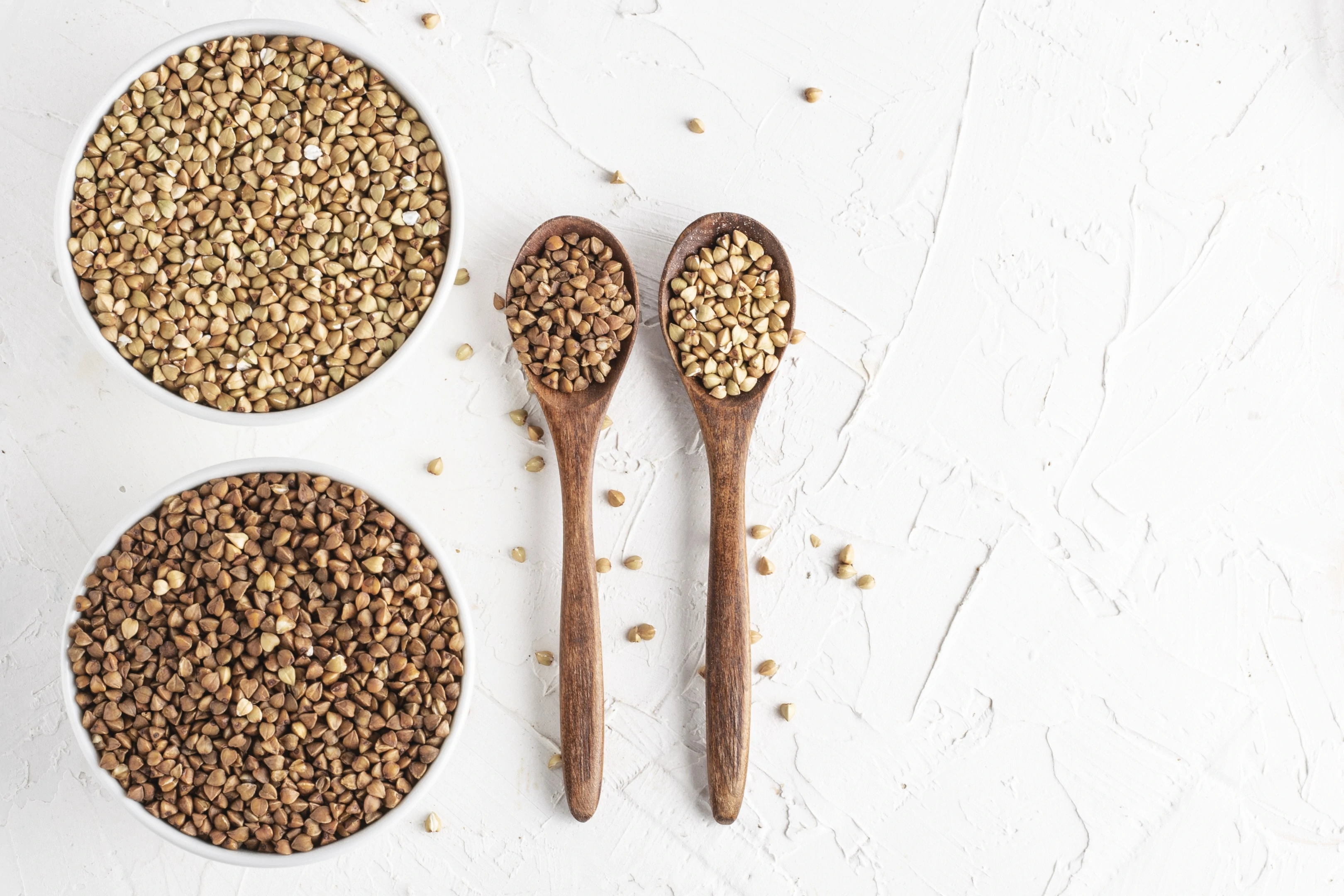
1. Are buckwheat noodles gluten-free?
With the rising numbers of vegetarian and great fans of gluten-free diets, you may be surprised by discussions on buckwheat. This grain substitute is naturally gluten-free despite its name. You can make whole buckwheat flour into spaghetti-like noodles called soba noodles, which can be served hot or cold.
2. Are buckwheat groats gluten-free?
Buckwheat groats are gluten-free seeds from a plant related to rhubarb. Use buckwheat groats in any recipe that calls for whole grains and delight in this staple grain's unique flavor and simple nutrients.
3. Are buckwheat groats healthy?
Buckwheat groat serves as a good source of fiber as well as a good option for those looking for a gluten-free diet. It is packed with minerals and several plant compounds offering a large number of health benefits, including improved blood sugar control and heart health.
4. Are buckwheat groats and buckwheat the same thing?
Buckwheat groats are the buckwheat plant's hulled seeds, and their taste is relatively mild. The flour, by comparison, is ground out of the seed hulls. Groats of buckwheat have a similar taste and look to steel-cut oats, the only difference is that softer seeds of buckwheat groats can be enjoyed raw. Groats have significant measures of iron, zinc, and selenium.
5. Is buckwheat anti-inflammatory?
Buckwheat offers loads of bioactive anti-inflammatory components that are beneficial to health. Functional foods in preventing and treating inflammatory bowel diseases (IBDs) have aroused increasing interest.
6. Which is healthier, quinoa, or buckwheat?
Quinoa can be considered as a healthier option than buckwheat groats and wheat considering the greater nutritional content such as more protein, iron, calcium, and e-magnesium.
7. Can you eat raw buckwheat?
Buckwheat groats can be eaten raw. However, the best way of consuming buckwheat is just like every other grain, i.e, to soak, sprout, and ferment that ensures optimal digestion. If you consume them raw, like in a buckwheat breakfast porridge, you must ensure they are well soaked, rinsed, and strained before
8. What are buckwheat groats for?
You may use the cooked groats for preparing salads and soups or simply add it up to your regular breakfast porridge grains. Any Russian or Eastern European market and regular supermarkets usually have buckwheat groats. You may even get it on online platforms like Amazon.
9. What is the right way to eat buckwheat?
You can enjoy buckwheat in your dessert, salads, or make it your cereal for breakfast. Packed with nutrients and flavor, this is an excellent gluten-free grain that should be included in your diet.
The bottom line
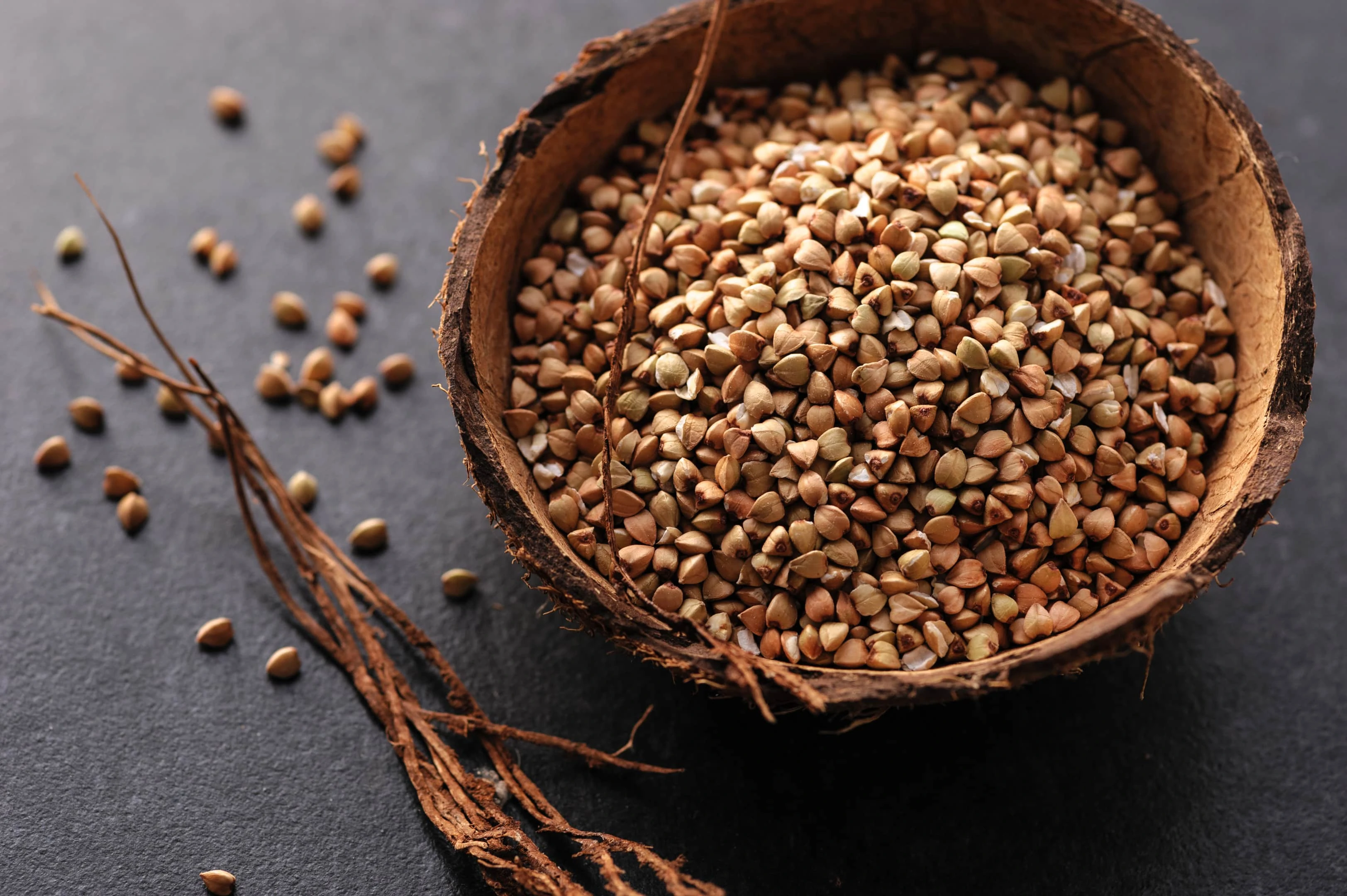
We have tried to reveal all the necessary facts you must know about buckwheat. Buckwheat is an extremely nutritious food that is gluten-free. It is not only packed with carbohydrates and fiber but also rich in proteins and phytochemicals. It is this phytonutritional profile of buckwheat that can make it an important part of a discussion when it comes to diet. You can make a gluten-free version of almost any meal with buckwheat grits and flour. If, however, you begin to have any allergic reactions to buckwheat, you should get medical advice right away.

A writer passionate about wellness, nutrition, and intentional living. She creates engaging, research-based content that empowers readers to live healthier lives. Through every article, she brings clarity, inspiration, and a touch of everyday practicality. Read more about Juliana.



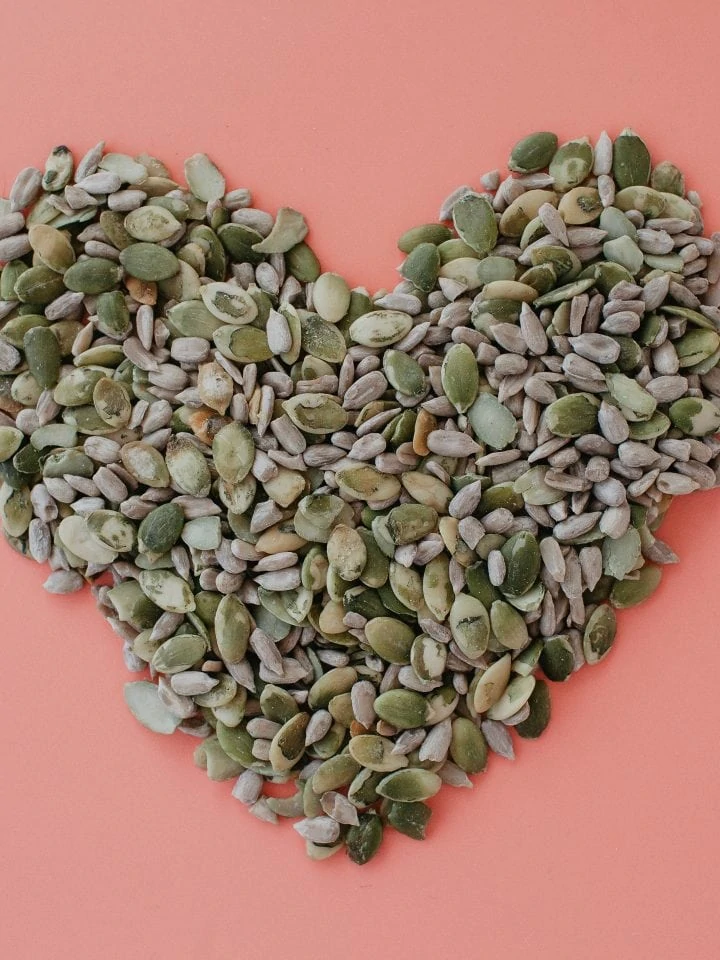
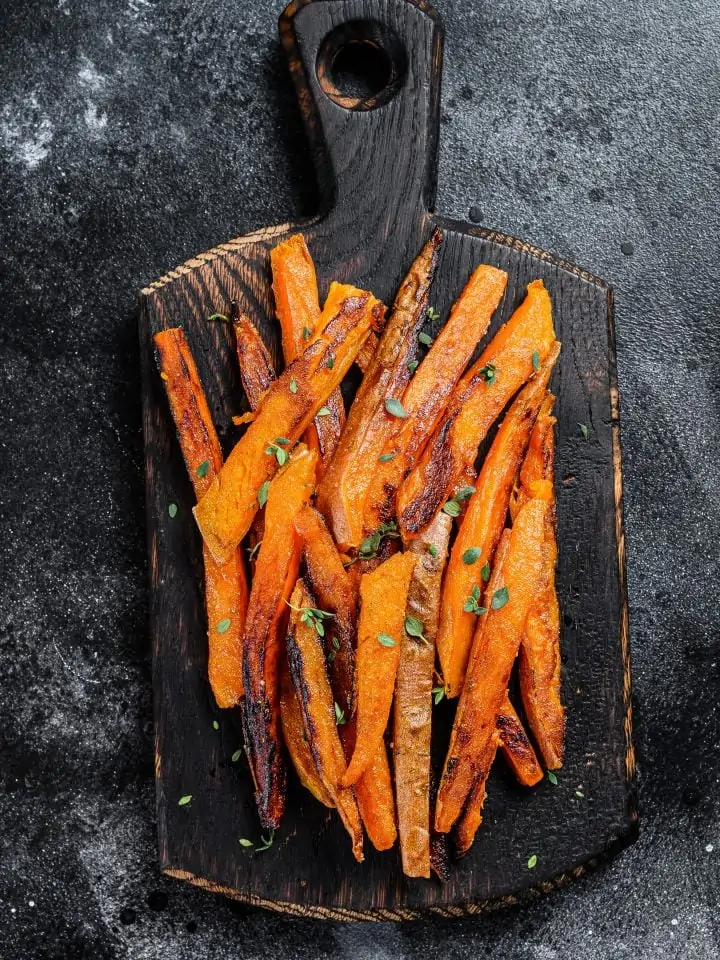
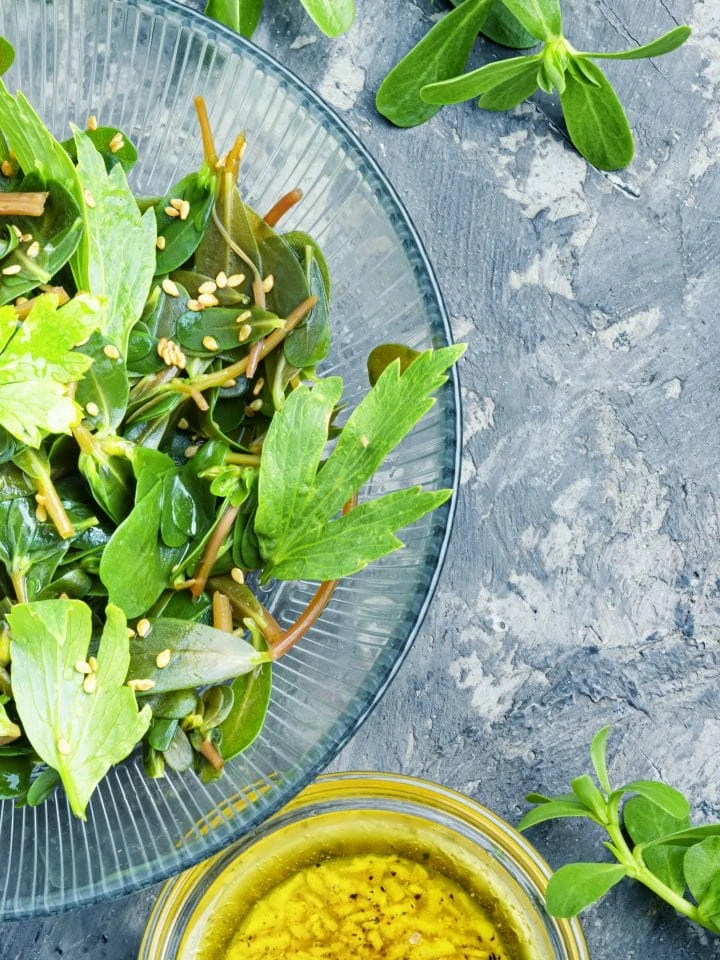
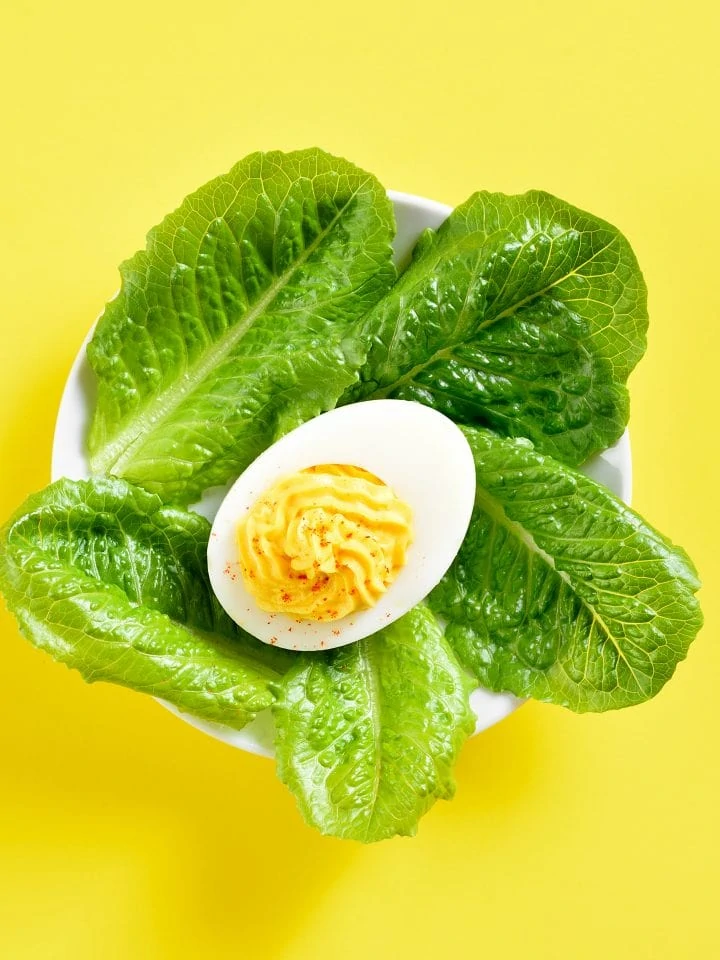
Comments
No Comments